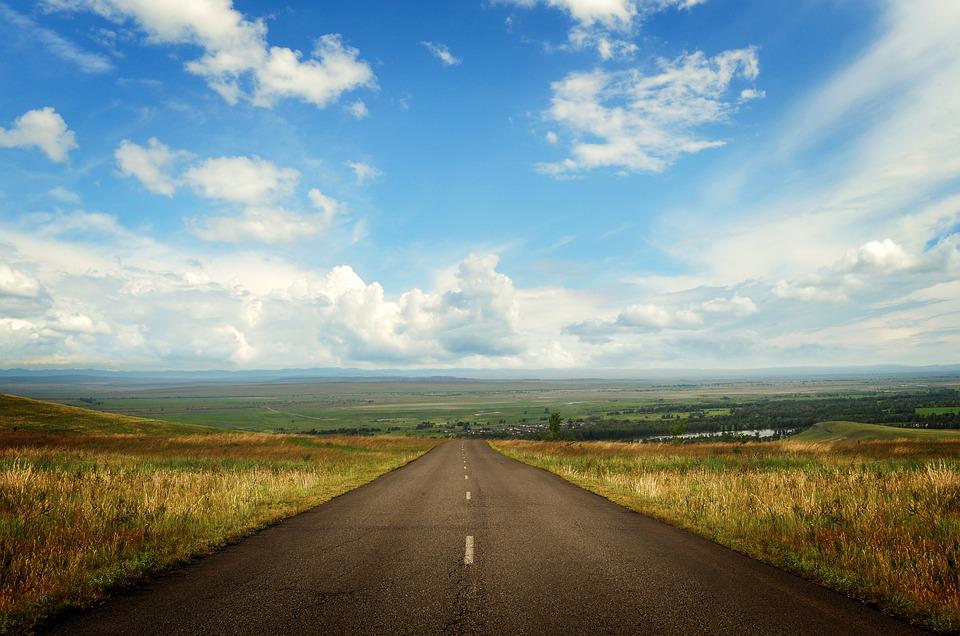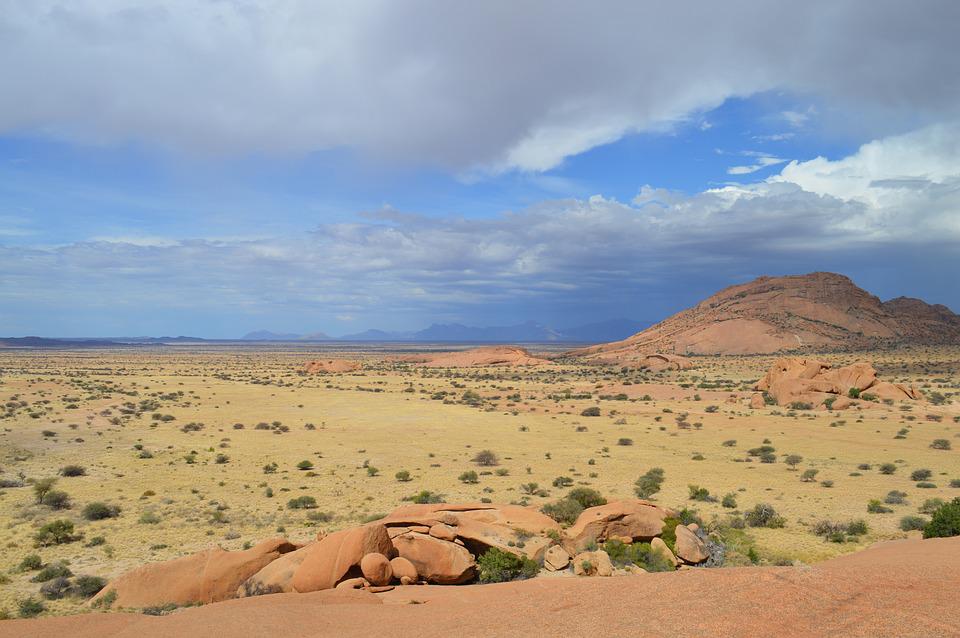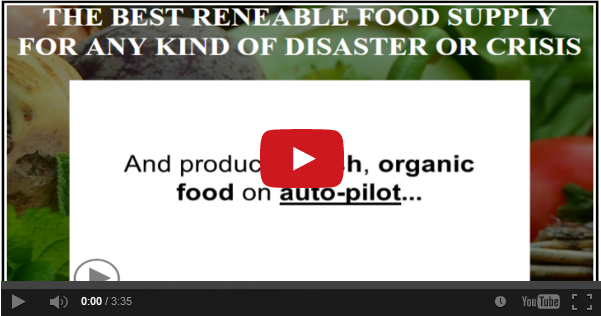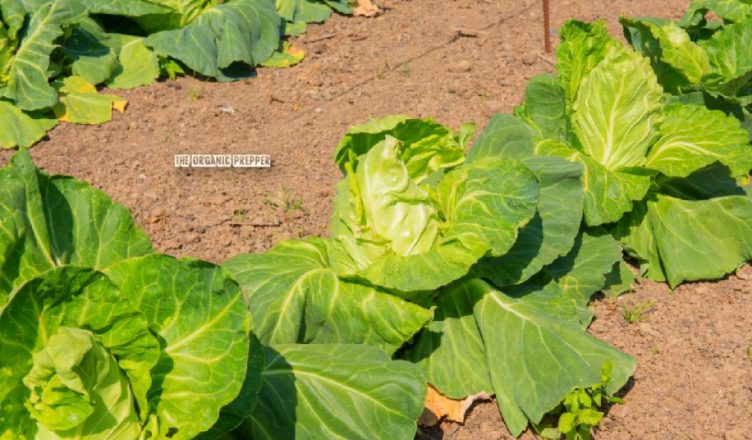We talk about gardening a lot on this site. Maybe you live in a temperate climate with ample rainfall and workable soil. Gardening will probably come fairly easily. But what if you don’t? What if you live in a desert or semi-desert area with wide temperature ranges and inconsistent moisture? What if you live in the drought-stricken western third of the US? Do you still have options?
Yes. You do. Gardening in a semi-arid steppe climate is difficult, but not impossible. It definitely takes extra work and planning, but it does pay off. I have been gardening in a semi-arid steppe for almost ten years now, and not only is my garden more productive, but I can grow a wider variety of plants than I could when I began.
Start with the foundation – soil.
The first thing you need to think about is your soil, and this applies whether you’re trying to garden on a small suburban plot or you have some glorious 4000-sq foot beast in the country. It helps to know what type of soil you have.

For gardening purposes, soil can be broken into three main types. Sand is soil with the biggest particle size, clay has the smallest particle size, and loam has medium particle size. Loam is usually a good mixture of large and small particles; it’s the easiest to work with, and in arid environments, it’s valuable because it retains moisture well. Sandy soil drains very quickly; clay soil retains water but is also prone to puddling and compacting. Loamy soil holds moisture, but because of the presence of large particles, it does not compact as easily as clay.
When I got my property, I got my soil tested by my state’s agricultural extension office. If you’re planning a large garden investment, or if you’re just totally new to gardening, I would recommend it. When I started gardening, my soil was a sandy loam with a high pH and low organic matter, though I had no other serious mineral deficiencies.
I started keeping livestock largely to build better soil for my garden, but that’s not the only way to do it. If you live in the suburbs and want to garden, composting your kitchen waste will probably give you a lot of what you need. And, of course, you can always buy soil amendments, though if you’re trying to save money, you could ask your friends for yard waste, as long as they don’t spray too much. It may sound funny, but I get a good amount of compost from friends. And that way, you’re both saving money—you don’t need to buy as much compost for your garden, and your friend saves money on trash disposal.
Soil building takes time, but it’s never too late to start. It’s too late to start most plants this year, but it is never too late to start building the soil for next year.
You must choose the right variety of plants if you’re gardening in arid environments.
If you want to garden in an area with inconsistent moisture, spending time researching varieties is necessary as well. Grabbing whatever is at Home Depot or Lowe’s may work, but I have found that it’s worth the extra money to either go to locally owned nurseries or to spend time researching specific varieties online.
For example, I’ve tried multiple corn varieties. The first year I tried one of the regular sweet corn types, but most of it didn’t sprout. I just couldn’t water enough. Then I tried Hopi Blue, a southwestern desert variety, which doesn’t need much water but does need a relatively high germination temperature since it was developed in Arizona. My area is too cold, too late in the season. I’ve since found that Painted Hill does really well in my area, but it took a few years of trial and error. Time spent researching would have been well spent.
You have to be able to push through drought.
It’s not just about using less moisture overall; it’s also about being able to withstand not getting watered for a few days in the event of a power outage. The OP has run multiple articles about problems in the energy sector. Prices will definitely go up this year, but I’m concerned about the consistency of service, too. I keep a small generator for my freezers, but my well sucks up a lot of electricity and is more difficult to plug into.
We have plans for household drinking water, but as far as my livestock and garden are concerned, I keep a couple of good-sized cisterns on hand to get us through a few days of no power. The cisterns are kept on pallets; that way, I can just hook up a hose, and gravity pushes the water through the hose. It’s slow, but it gets the job done.

For power outages lasting more than a few days, we happen to live close to a large reservoir. Will it suck hauling water? Sure, but we do have that option. If you don’t live within walking distance of a body of water, you could either look into a high-quality generator that ties into your home’s grid and will keep your well working despite outages, or you could invest in enough cistern space to keep a few thousand gallons of water on hand instead of a few hundred.
You will have to do some research on what’s legal in your area. In Colorado, for example, harvesting more than two 55-gallon barrels of rainwater is illegal. In Utah, however, people are allowed to store up to 2500 gallons at a time. So make sure you know your state’s rules before spending money on cisterns.
Either way, you need to prep for your garden the way you prep for the rest of your household, and in an arid environment, planning for water is part of that. But in a SHTF event, you may be pretty distracted for a few days with other household issues, and if your garden can go a few days without water without suffering too much, it will make your life that much easier.
How will you water your garden?
Your method of watering makes a difference, as well. Setting up a drip system allows you to water most efficiently, but it takes quite a bit of maintenance. Leaks happen, and if you don’t catch them quickly, you’ll be flooding one part of your garden and drying out another. Also, the plastic in drip systems breaks down more quickly at high altitudes. If you’ve been living in a high-altitude environment for a while, you may already have noticed this. Drip systems are great, particularly for larger gardens, but stay on top of them.
If you don’t feel like using a drip system, using a gardening wand to water the base of the plants is your next best option. Overhead sprinklers, or using a regular garden hose to spray your garden area, wastes a ton of water in dry, windy areas. On a windy day, less than half the water coming out of the hose may be making it to the plants. Gardening wands are not expensive. They’ll save your back since you won’t have to crouch down to water the soil, and they save a lot of water, too.
(How do you save what you grow? Well, by using the knowledge in our free QUICKSTART Guide to home canning, of course!)
In an arid environment, everything wants to kill your plants.
Wind stresses plants out in a variety of ways. It dries plants out. It can also send debris flying and damaging leaves. In my area, we get 60 mph gusts every single year. Longtime gardeners often have fences, not only to keep out pests such as rabbits, coyotes, and deer but also as a windbreak. I have seen gardens surrounded by old straw bales to help break the wind and moderate temperatures, as well.
Intense sun damages many plants, too. Commercial growers in my area grow bell peppers under shade cloth. In the past, I have not been able to grow bell peppers. This year, I’m giving it a shot again, but I have wrapped my plant in burlap to lessen the sun’s intensity. We’ll see how it goes!
Mulching helps your soil conserve moisture, but pay attention to timing. It differs depending on how cold your seasons are. Having mulch on the soil in springtime will keep your soil cooler for longer. I usually pull my mulch off to the edges of my garden a few weeks before planting to allow the soil to warm up. Then, if we have a late freeze (extremely common in my area), I can just pile mulch back onto the small plants temporarily until the weather warms back up. Once the weather is consistently warm, and the plants are established, I mulch again.
For crops that get sown later, once the soil has warmed up, having mulch helps because it moderates soil temperature. In years past, I have been able to sow rutabagas and other fall crops in July. This year, however, the drought was so bad over the winter that the grasshoppers have been totally out of control. The biological control I previously used to control grasshoppers did not get produced this year, thanks to supply chain problems. My seedlings are getting eaten as soon as they emerge. So, I am starting another round of seeds indoors. My goal is to see if putting out slightly bigger plants gives them a leg up on the grasshoppers. Again, we’ll see how this plays out.
I grew up in the Midwest and loved the ease of gardening there.
But the whole world can’t live in a Midwestern suburb. Lots of us have to make do with less-than-ideal gardening conditions. And the drought in the western US does not look like it will ease up any time soon. As time goes on, these garden ideas may help a wider and wider range of people.

Again, for most of us, it’s really too late to start most plants for this year. But it’s never too late to build your soil and plan for next year. Soil building really is worth it. I tried growing a wide variety of tomatoes my first few years here but found that only smaller cherry and drying varieties would do well. I didn’t bother with anything else for more than five years. This year, however, I tried a large heirloom variety along with my small tomatoes and have a dozen fist-sized tomatoes on the vine. My soil has improved. A lot.
Even a little suburban garden can put a dent in your grocery bill; don’t knock it. And if you have children, gardening provides a fun and productive family activity, as well as daily hands-on biology lessons. I have seen some silly arguments against gardening over the years. The most common is that it “doesn’t pay,” though those discussions never take into account the educational and entertainment value.
I’m not sure what to think of the UK Sun’s “urgent warning” to gardeners that they issued on July 1. They claim that gardening exposes you to chemicals that could increase our levels of heart attacks. Part of me thinks this is just outrageous click bait. The other part of me wonders if it’s a more malicious desire to denigrate anyone trying to give themselves a little more control over their food supply.

Either way, it won’t stop me from producing my own food, and it won’t stop me from encouraging others to do so, either. Growing some of your own food is possible in most places. It may take more planning and attention, but you can do it.
Do you grow food in a dry area? Do you have some plants that really thrive? Do you have tips for those who want to get started?
source : Marie Hawthorne



